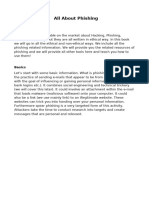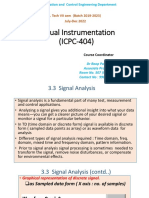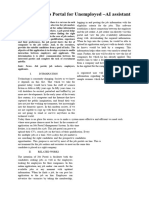0% found this document useful (0 votes)
13 views40 pagesIdentify Social Engineering Exploits, Counteract S
The document outlines the identification, counteraction, and prevention of social engineering exploits and cybercrime. It details various social engineering techniques such as phishing, pretexting, and baiting, along with strategies for protection including employee training, strong policies, and multi-factor authentication. Additionally, it emphasizes the importance of maintaining cybersecurity through regular updates, incident response plans, and compliance with legal frameworks.
Uploaded by
shuvomoy.proCopyright
© © All Rights Reserved
We take content rights seriously. If you suspect this is your content, claim it here.
Available Formats
Download as PDF, TXT or read online on Scribd
0% found this document useful (0 votes)
13 views40 pagesIdentify Social Engineering Exploits, Counteract S
The document outlines the identification, counteraction, and prevention of social engineering exploits and cybercrime. It details various social engineering techniques such as phishing, pretexting, and baiting, along with strategies for protection including employee training, strong policies, and multi-factor authentication. Additionally, it emphasizes the importance of maintaining cybersecurity through regular updates, incident response plans, and compliance with legal frameworks.
Uploaded by
shuvomoy.proCopyright
© © All Rights Reserved
We take content rights seriously. If you suspect this is your content, claim it here.
Available Formats
Download as PDF, TXT or read online on Scribd
/ 40
























































































